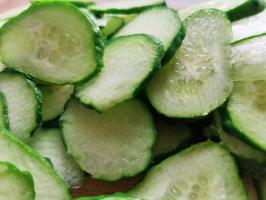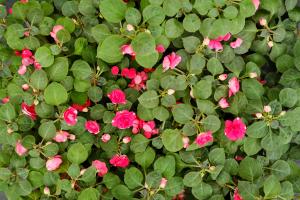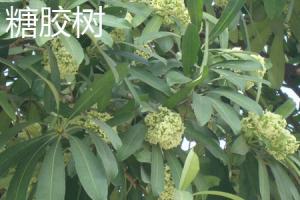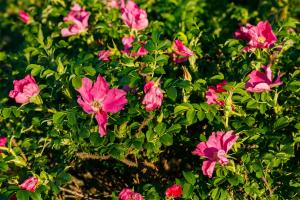Introduction
Wandering Jew plant, also known as the Inch Plant or Tradescantia zebrina, is an easy-to-grow plant that adds a pop of color to any room. The plant is native to Mexico and is often used as a houseplant due to its stunning appearance and low-maintenance requirements. In this article, we will explore the physical characteristics of the wandering jew plant, including its leaves, stem, and flowers.
Appearance
The wandering jew plant has distinct physical characteristics that make it unique from other plants. The most noticeable feature is its leaves, which are shaped like a wedge and have vibrant green and purple colors. The leaves are soft and fuzzy, measuring around 4 inches in length and 2.5 inches in width. The stem of the plant is thin and fragile, growing up to 9 inches in length. The wandering jew plant produces small, white flowers that bloom in the summer months.
Location and Lighting
The wandering jew plant grows best in bright and direct sunlight. However, it can also adapt to shaded areas, making it perfect for indoor settings. The plant is versatile and can be grown in planters, hanging baskets, or trellises to create an appealing aesthetic. The wandering jew plant prefers warmer temperatures, so keeping it in a room with a temperature between 60-75掳F is ideal. It is important to ensure that the soil is well-draining, as the plant does not tolerate water-logged soil.
Care
The wandering jew plant requires minimal care and can be easily maintained. It is important to water the plant every few days, ensuring that the soil is moist but not too wet. Overwatering can lead to root rot or mold formation. It is recommended to fertilize the plant once a month during the growing season (spring and summer). Pruning the plant is necessary to keep it healthy and ensure that it does not become too leggy. To prune, you can simply cut off any brown or yellowing leaves or stems using sharp scissors.
Propagation
The wandering jew plant is easy to propagate, making it a popular houseplant to share with friends and family. The best time to propagate the plant is during the spring months, when the plant is actively growing. The most common method is through stem cuttings, where a small piece of the stem is cut just below a node (a joint where the leaves meet the stem). The cutting can be placed in a vase of water or directly in soil, and roots will begin to grow within a few weeks.
Conclusion
The wandering jew plant is a beautiful and unique plant that adds a splash of color to any room. Its physical characteristics, including its leaves, stem, and flowers, make it easily distinguishable from other plants. The plant is low-maintenance and adaptable, making it perfect for indoor settings. With proper care and attention, the wandering jew plant can thrive for years and bring joy to its owners.

 how many times do yo...
how many times do yo... how many planted tre...
how many planted tre... how many pine trees ...
how many pine trees ... how many pecan trees...
how many pecan trees... how many plants comp...
how many plants comp... how many plants can ...
how many plants can ... how many plants and ...
how many plants and ... how many pepper plan...
how many pepper plan...































